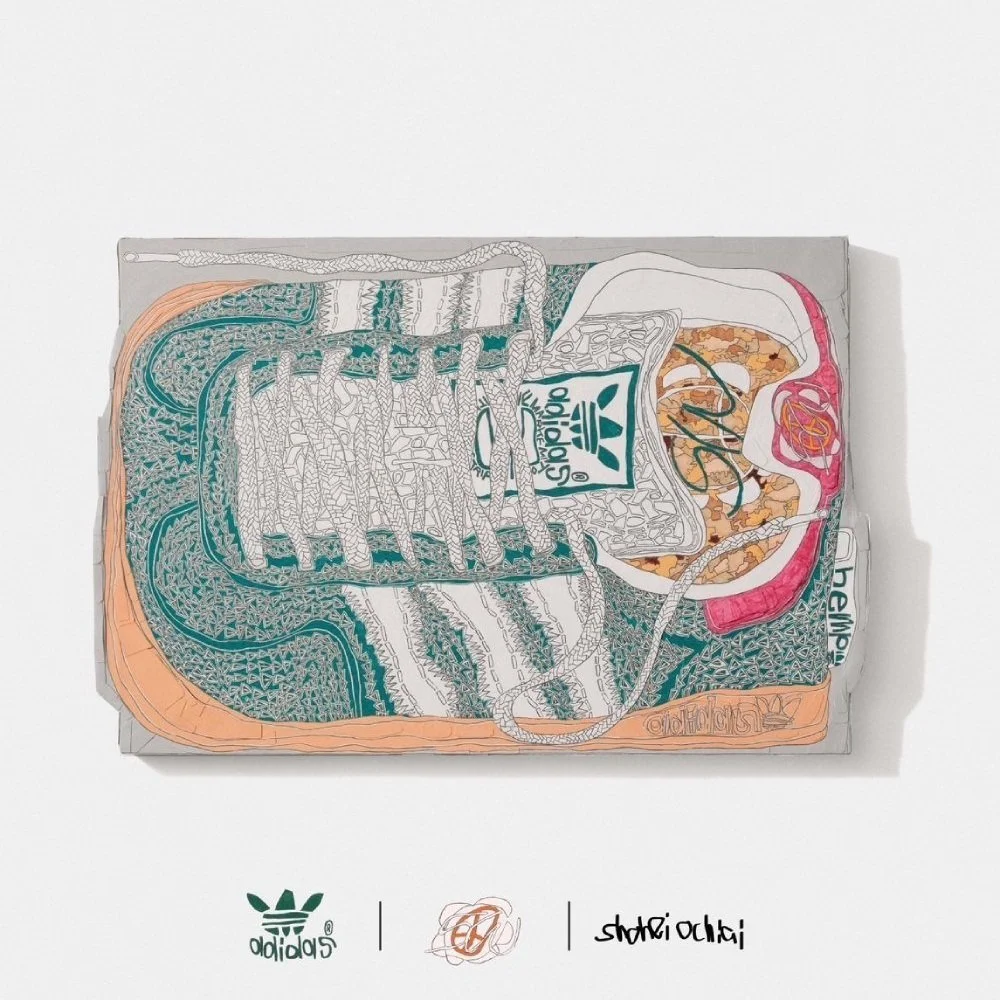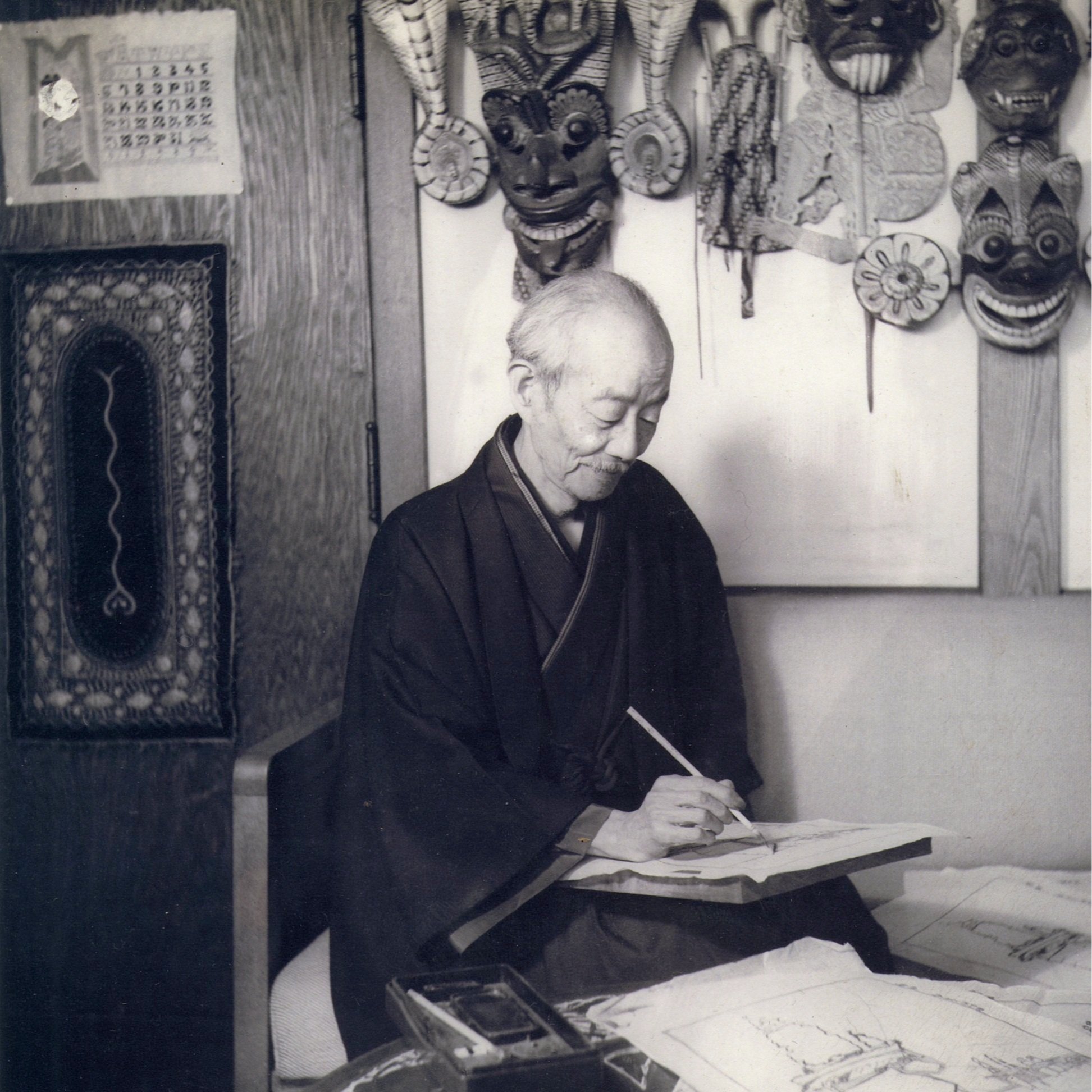The Founding and Early Days of RAUH-Welt Begriff
Written by Gill Princen
Let’s rewind to 1997 in Chiba, Japan. Imagine a small shop with the name RAUH-Welt Begriff on the door. It translates to "Rough World Concept," a fitting name considering the man behind it: Akira Nakai. Nakai-san didn’t just open a workshop; he sparked a revolution in Porsche tuning.
Back then, the automotive scene was overwhelmed with JDM (Japanese Domestic Market) cars, but Nakai had his eyes set on a different beast: Porsche. His vision wasn’t about making them faster or flashier; it was about reshaping their very essence.
With nothing more than an air saw and an unyielding passion for “making something cool”, Nakai began crafting what would become his trademark: wide-body Porsches. His approach was hands-on and free-spirited—literally cutting into the metal to create wider fenders and fitting them with rivets, all done by eye.
First RWB Porsche: Stella Artois
A pivotal moment in Nakai-san's career is the creation of his first RWB Porsche, affectionately named Stella Artois. It all began when a weathered Porsche 930 rolled into Nakai’s workshop. Instead of just fixing it up, Nakai saw an opportunity to redefine what a Porsche could be, and finally the opportunity to chop one up and modify it without any limits presented itself.
He stripped the 930 down to its core, shedding every unnecessary ounce and replacing parts with lightweight carbon fiber. Japanese Endless brakes and Aragosta coilovers were meticulously installed, blending Nakai's expertise from tuning JDM icons like the Toyota AE86 with the precision demanded by European marques.
But what truly set Stella Artois apart was Nakai’s approach to bodywork. Armed with his trusty air saw, he began cutting into the Porsche's fenders, a process he famously did freehand. In a matter of minutes, he transformed the Porsche, adding massive carbon fiber wide-body fenders and meticulously spaced rivets.
The result was more than just a car; it was a masterpiece of automotive art. The wide fenders paid homage to the aggressive stance of 993 GT2 race cars from the '90s, while a custom-made wing added a touch of flair without overwhelming the Porsche's timeless design.
Stella Artois wasn’t just about looks either. Nakai-san built it to perform. Its debut on the track showcased Nakai's commitment to marrying form with function, proving that RWB Porsches were as capable on the race circuit as they were stunning to behold.
With Stella Artois, Nakai-san unintentionally opened a door that would change the course of Porsche tuning forever. Each RWB Porsche that followed bore the same hallmark: Nakai’s personal touch and a name that reflected its unique character. Stella Artois was just the beginning of Nakai-san's journey to transform Porsche customization into an art form that transcends borders and captivates car enthusiasts worldwide.
Akira Nakai in the 90s before he became an internet sensation
Early Success in Japan
In the early 2000s, word began to spread like wildfire across Japan’s automotive scene about a maverick tuner named Akira Nakai and his daring approach to Porsche customization.
Nakai-san's workshop, RAUH-Welt Begriff, quickly became a pilgrimage site for enthusiasts seeking something beyond the ordinary. What they found was Nakai’s one-of-a-kind creations: RWB Porsches that defied convention and oozed personality.
His early success can be attributed not just to his technical skill but also to his uncompromising principles. Nakai implemented a strict rule: one RWB build per person, regardless of how deep their pockets were. This wasn’t about mass production; it was about creating bespoke masterpieces that reflected Nakai's vision and the owner's passion for the Porsche brand.
As demand grew, so did Nakai's reputation. His RWB builds became coveted treasures among Japan’s elite automotive enthusiasts. Each build was a labor of love, with Nakai pouring his soul into every cut, every rivet, and every custom detail.
But Nakai-san’s impact wasn’t limited to Japan. Through online forums, magazines, and word of mouth, enthusiasts from around the world began to take notice of his work. What started as a local phenomenon was rapidly evolving into a global movement.









Discover how Akira Nakai and RWB transformed Porsche tuning forever.